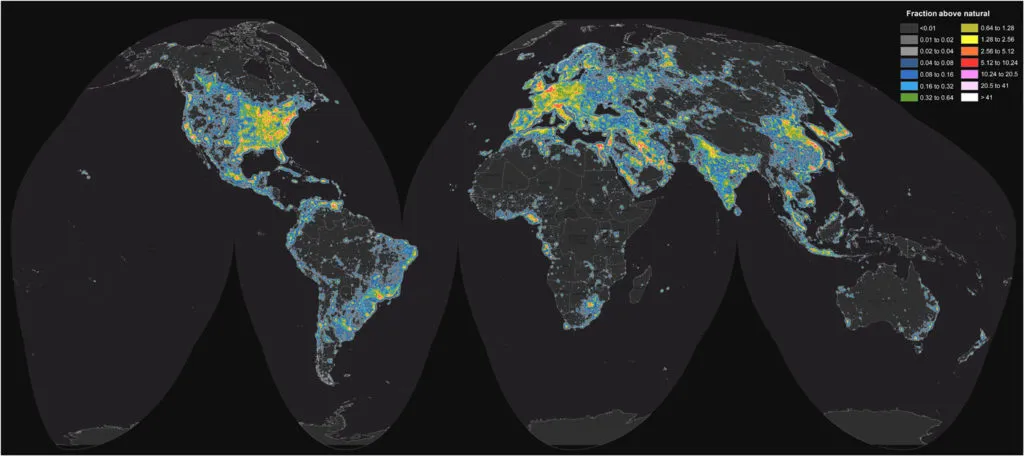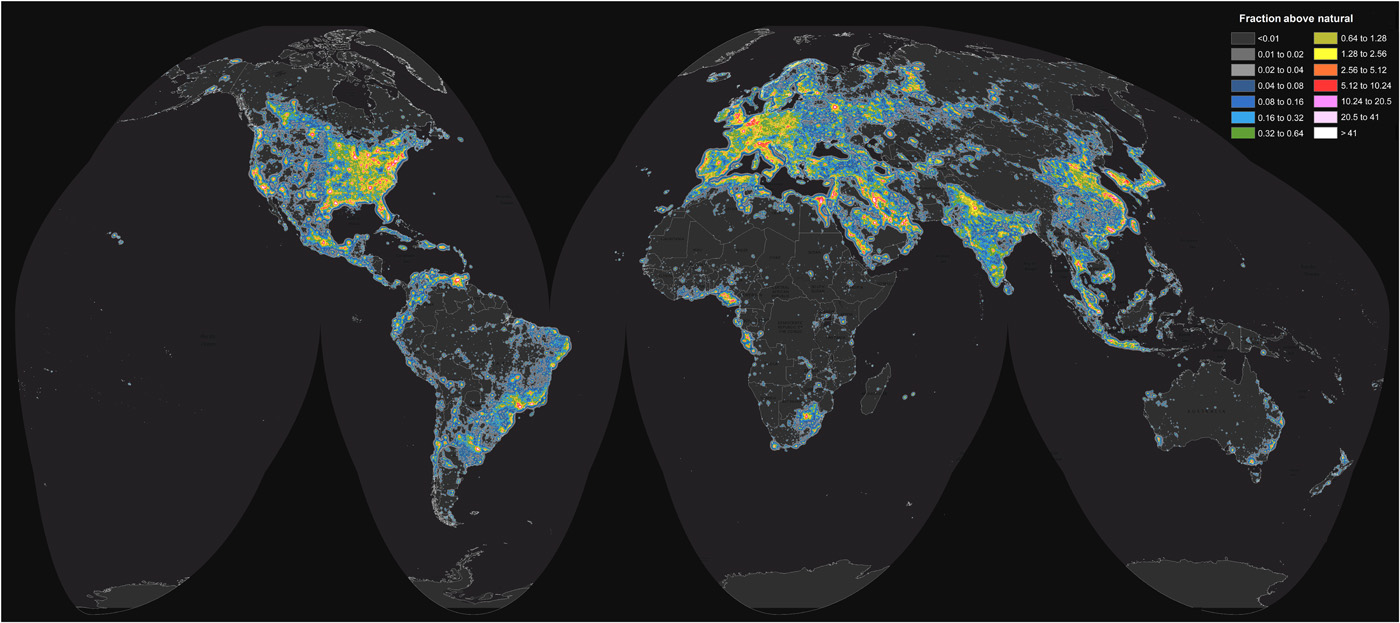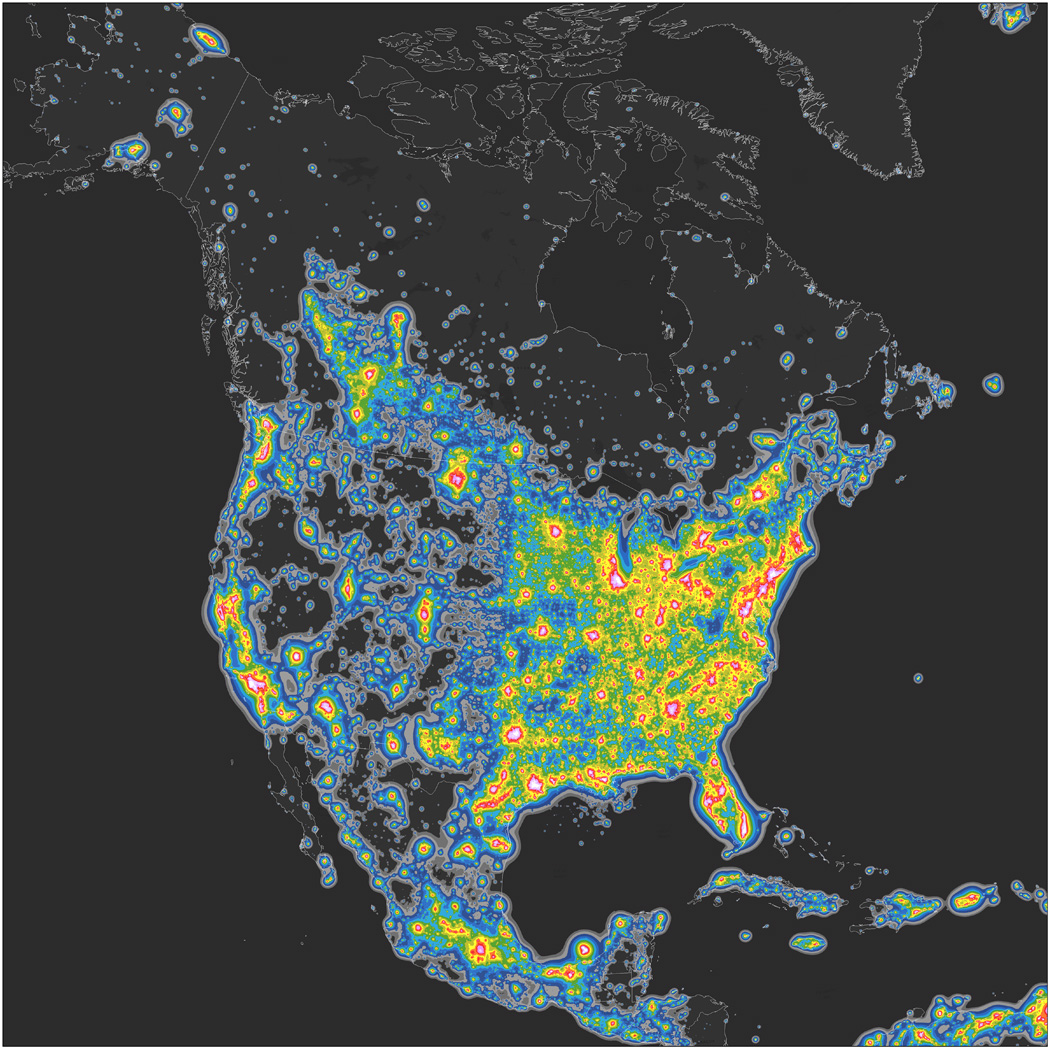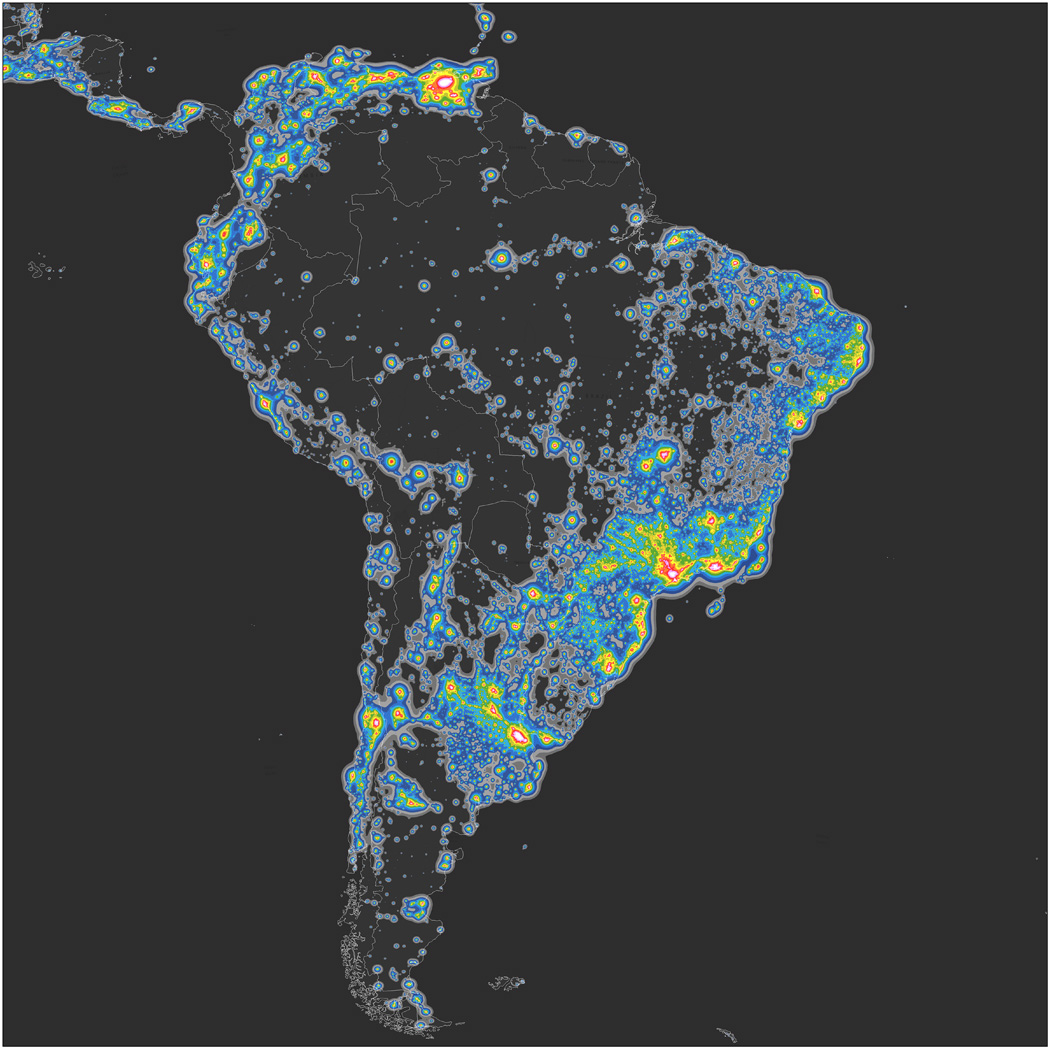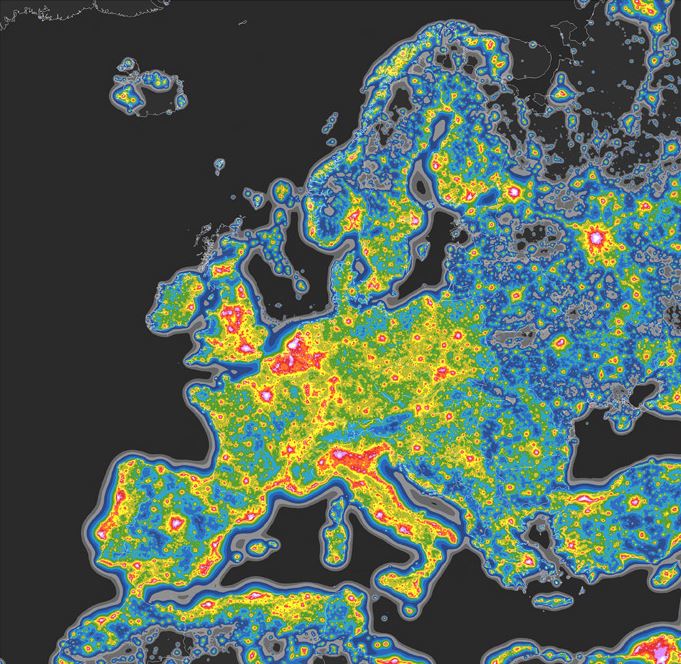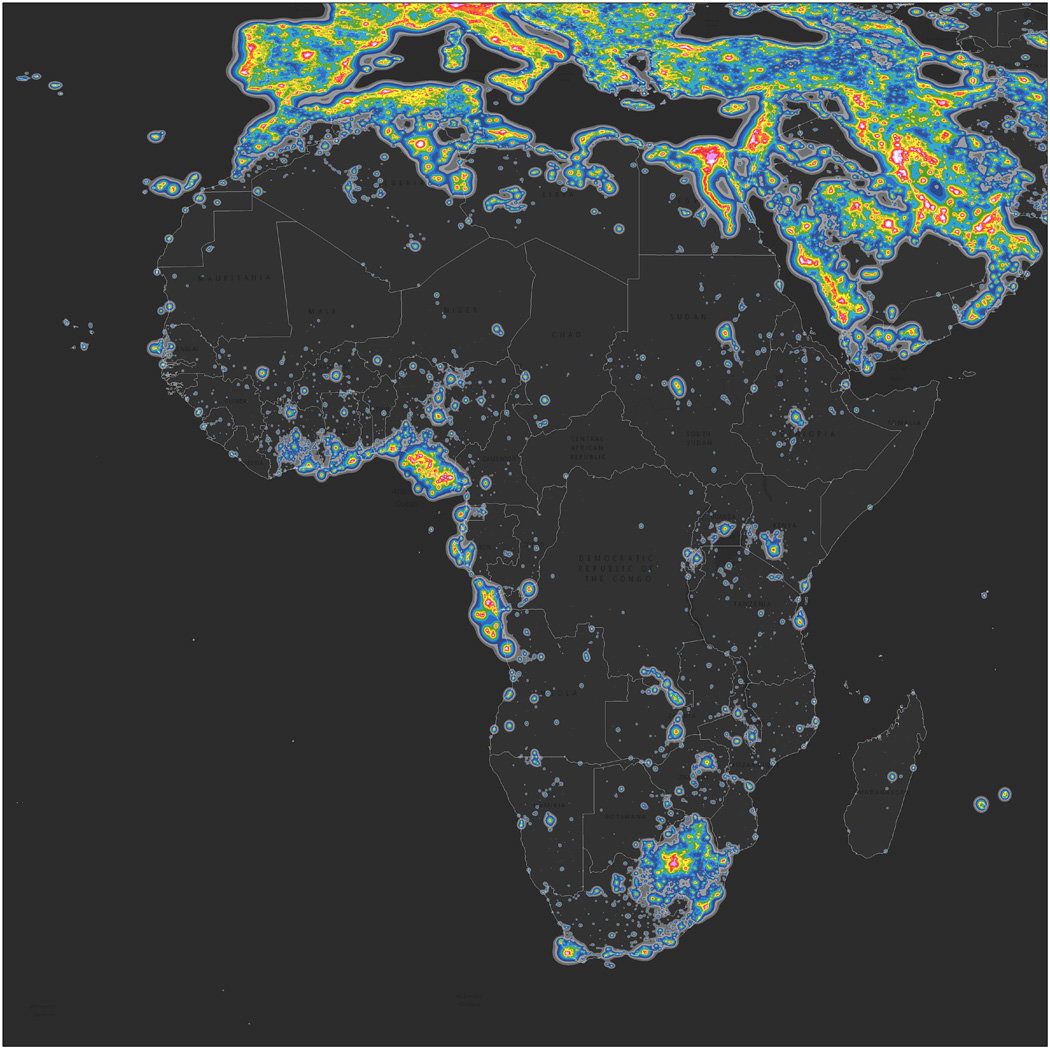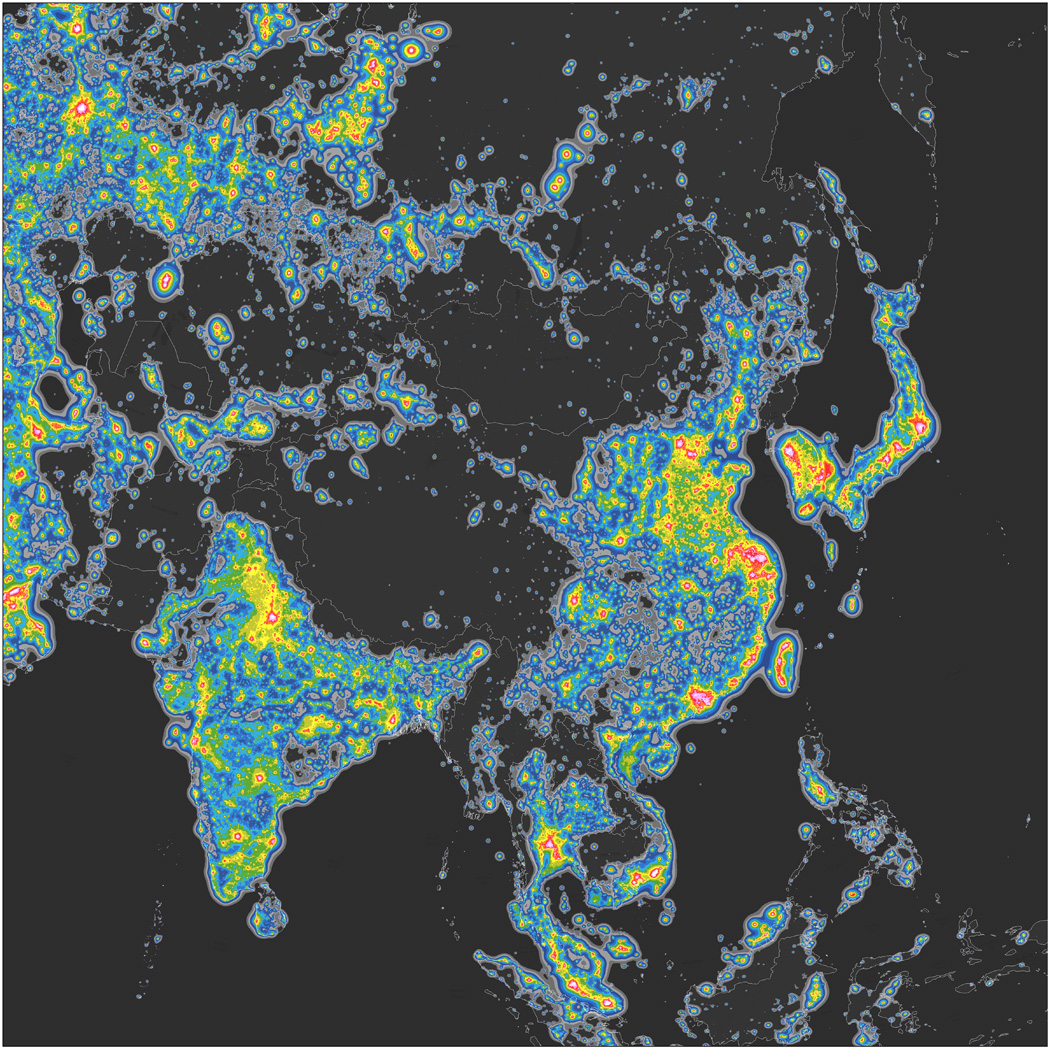
Apple redesigns Maps and opens it to developers
Today Apple held its annual WWDC event where every year it unveils new features to its software and systems. iOS 10 got a few significant updates, including more interactive Messages and a more useful Siri. OS X got rebranded to macOS and watchOS got couple of new features.
Among all of these more or less important news we’ve also got some major improvements to Apple Maps. The app has a new interface that will hide unnecessary functions and give you more map view. Users will finally see traffic on their route and a dynamic view that will adjust based on current driving conditions. There are also some quick controls to see route details, and the ability to search for stops along the current route.
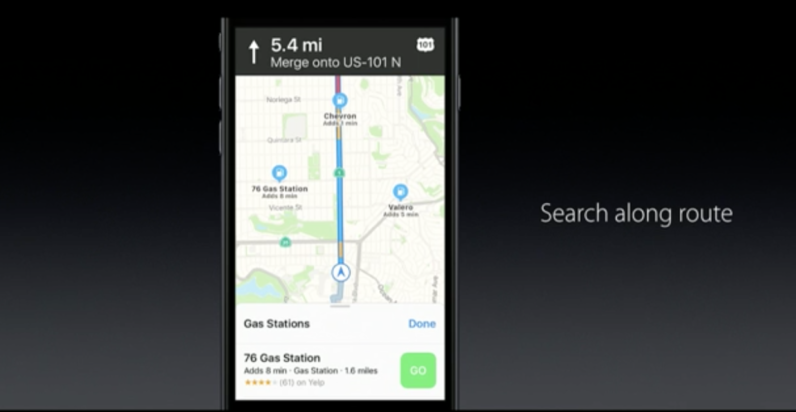
But the most important map related news of today is that with iOS 10, Maps will become open to developers. It will allow third-party extensions to plug into the official Maps app which will enable integration with apps like OpenTable to book a place in a restaurant or Uber to hail a ride.
These updates are definitely not a revolution… Frankly speaking most of these features are available in the solutions of TomTom, Garmin, HERE, and Google for at least a couple of years. Nonetheless it proves that Apple is serious about its mapping project and every year the company makes it better and better.





